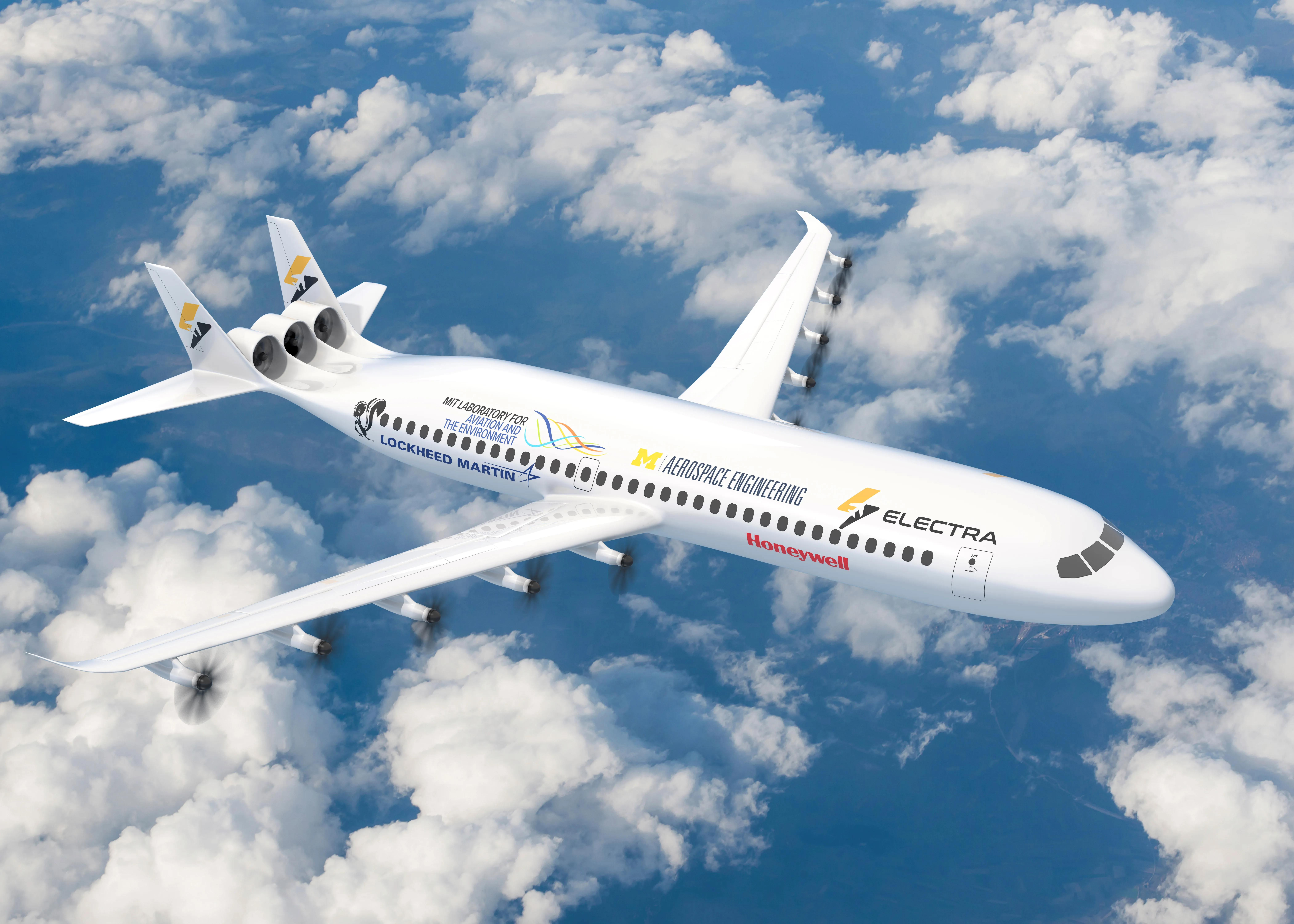NASA funds sustainable aircraft studies

NASA hopes to advance the push for innovation in the field of sustainable aviation by funding five new design studies that explore cutting-edge concepts for environmentally-friendly aircraft.
Under NASA’s Advanced Aircraft Concepts for Environmental Sustainability (AACES) 2050 initiative, industry leaders and academic researchers have been tasked with developing aircraft designs and key technologies that could drive a sustainable transformation in commercial aviation by 2050.
NASA awarded $11.5 million across these studies, selecting four companies and one university to help identify promising technologies for deeper exploration.
NASA’s longstanding commitment to sustainable aviation includes partnerships across government, industry, and academia. In 2021, the agency launched its Sustainable Flight National Partnership (SFNP), targeting innovations for implementation by the 2030s.
SFNP has produced the X-66 Sustainable Flight Demonstrator, the Electrified Powertrain Flight Demonstration project, and advanced work in engine efficiency and lightweight materials.
The AACES awards aim to build on this progress with a longer timeline, targeting breakthrough technologies to achieve transformative changes by 2050.
“Through initiatives like AACES, NASA is positioned to harness a broad set of perspectives about how to further increase aircraft efficiency, reduce aviation’s environmental impact and enhance U.S. technological competitiveness in the 2040s, 2050s, and beyond,” said Bob Pearce, NASA associate administrator for the Aeronautics Research Mission Directorate.
“As a leader in U.S. sustainable aviation research and development, these awards are one example of how we bring together the best ideas and most innovative concepts from the private sector, academia, research agencies, and other stakeholders to pioneer the future of aviation.”
The new awardee institutions are:
- Aurora Flight Sciences, a Boeing Company, whose team will perform a comprehensive, “open-aperture” exploration of technologies and aircraft concepts for the 2050 timeframe. This will include examining new alternative aviation fuels, propulsion systems, aerodynamic technologies, and aircraft configurations along with other technology areas that arise throughout the study.
- The Electra-led team will explore extending Electra’s novel distributed electric propulsion and its unique aerodynamic design capabilities to develop innovative wing and fuselage integrations that deliver sustainable aviation focused on enabling community-friendly emission reduction, noise reduction, and improved air travel access. The company’s existing small aircraft prototype has been flying for over a year, demonstrating Electra’s technology that aims to transform air travel with reduced environmental impact and improved operational efficiency.
- Georgia Institute of Technology will perform a comprehensive exploration of sustainability technologies, including alternative fuels, propulsion systems, and aircraft configurations. The institute’s team will then explore new aircraft concepts incorporating the selected technologies with their Advanced Technology Hydrogen Electric Novel Aircraft (ATH2ENA) as a starting point.
- JetZero will explore technologies that enable cryogenic, liquid hydrogen to be used as a fuel for commercial aviation to reduce greenhouse gas emissions. These technologies will be evaluated on both tube-and wing and JetZero’s blended wing body – an aeroplane shape that provides more options for larger hydrogen fuel tanks within the aircraft.
- Pratt and Whitney will explore a broad suite of commercial aviation propulsion technologies targeting thermal and propulsive efficiency improvements to reduce fuel consumption and greenhouse gas emissions. The Pratt & Whitney team will then down-select high-priority and alternative propulsion concepts for potential integration studies with various airframe concepts for aircraft in 2050 and beyond.
Photo: Artist’s concept of a future airliner based on the NASA Advanced Aircraft Concepts for Environmental Sustainability 2050 submission from awardee Electra.
















